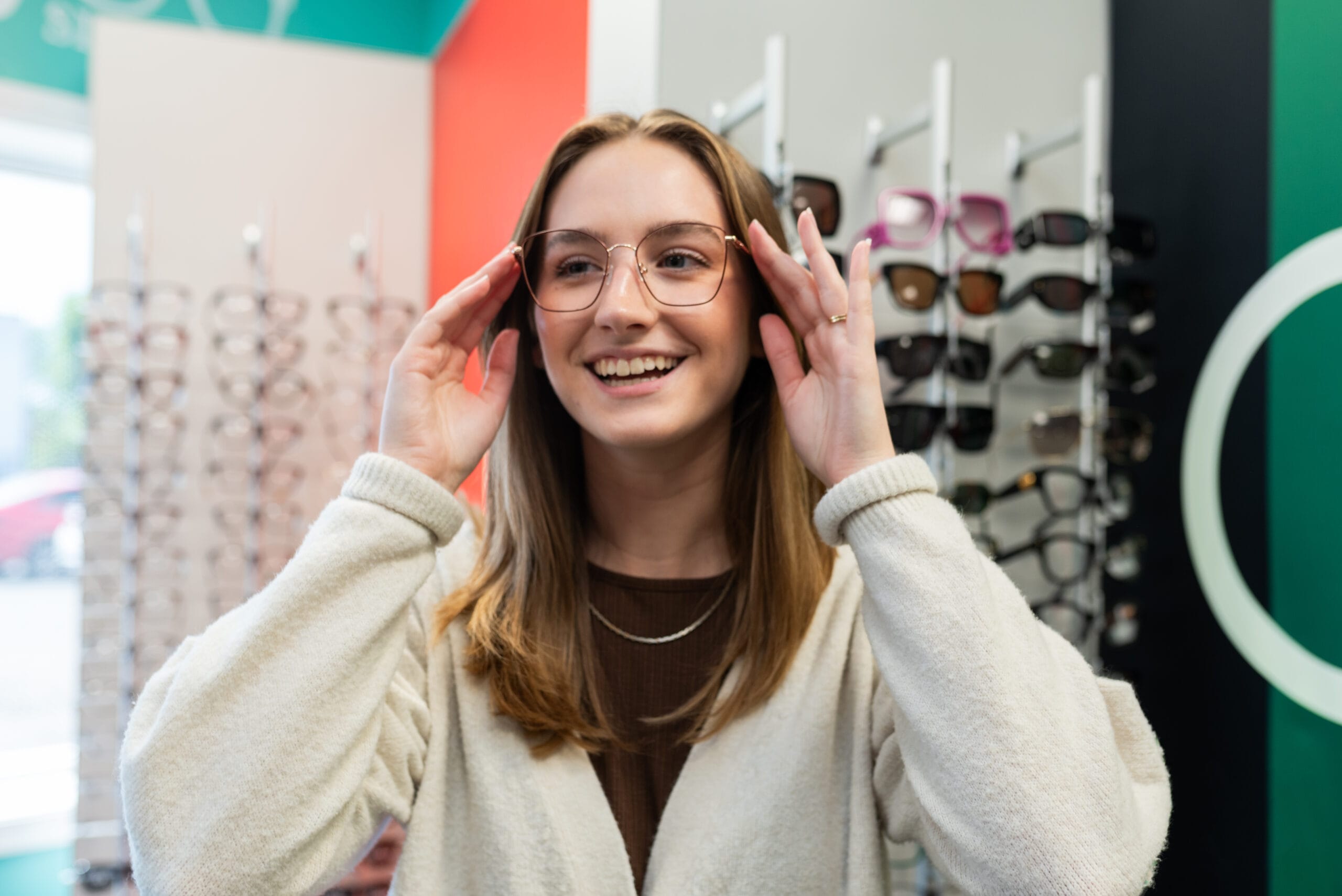{{{image-290}}}After hearing about what a success Avatar 3D was and how cool it looked on-screen with its special 3D effects, I am debating whether or not to see the Disney’s new Toy Story movie in 3D. I’ve seen 3D movies before and while it does enhance the storyline in the movie, and make me feel more involved in the movie experience, I have wondered what kind of effects 3D (stereoscopic) displays might have on my eyes and vision especially as more and more 3D movies arrive in theaters and soon 3D TVs come out on the market. To answer this question of mine about 3D and its effects, I started reading up on 3D films and imaging online.
Here is what I found: WIS10, a news station in Columbia, SC, interviewed Avatar viewers and found that the weight of the glasses was viewers’ biggest issue while viewing the film, yet others mentioned headaches from their experience. Was 3D imaging or the heavy glasses to blame for some of these viewers headaches? Eye care doctors are not universally sure what is the cause for 3D viewers’ headaches but many agree that 3D imaging can cause eyestrain to which headaches are a sure symptom.
An experiment on eye vision comfort in binocular and 3D displays done by Frank L. Kooi and Alexander Toet of TNO Human Factors explains, “In stereo vision systems eyestrain is caused by unintentional mismatches between the left and right eye images (stereo imperfections).” Head-mounted displays, such as 3D films cause the brain to fuse the two moving images together which creates eyestrain due to optical misalignments.
But is this the truth for everyone? According to a May 2010 Consumer Report titled, “Some eyes aren’t 3D-ready”, those who suffer of strabismus (eyes that do not align when focusing) or amblyopia (a lazy eye—where one eye loses focus), or who have trouble keeping their eyes aligned, will probably face some difficulty putting the two images together and fully enjoying a 3D experience. In fact, such a struggle can lead to eyestrain such as dry, irritated or painful eyes, which may also lead to headaches which gives a clue about the headache/glasses correlation as mentioned by the Avatar viewers. Overwhelmingly, the articles on the increasingly popular 3D movie experience and its effects on vision were negative-leaving my decision on seeing the new Toy Story in 3D cloudy at best.
So what should I do? 3D imaging started out as a way to pull viewers back into theaters and away from TV sets in the 1950’s, and still today brings crowds in and now creates an “in-the-action” feeling for viewers of all ages. Many have described Avatar as the “most visually fantastic film ever seen.” One reviewer said he could see textures on the enhanced screen with his 3D glasses-will I be able to see textures with Woody and Buzz Lightyear this weekend? That I am not sure but I do know if I get a headache afterwards, I could definitely have something else to blame it on than the heavy glasses.
